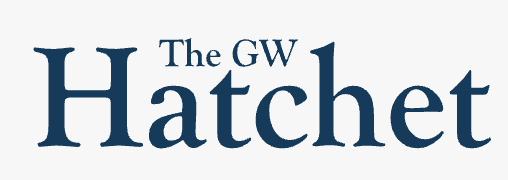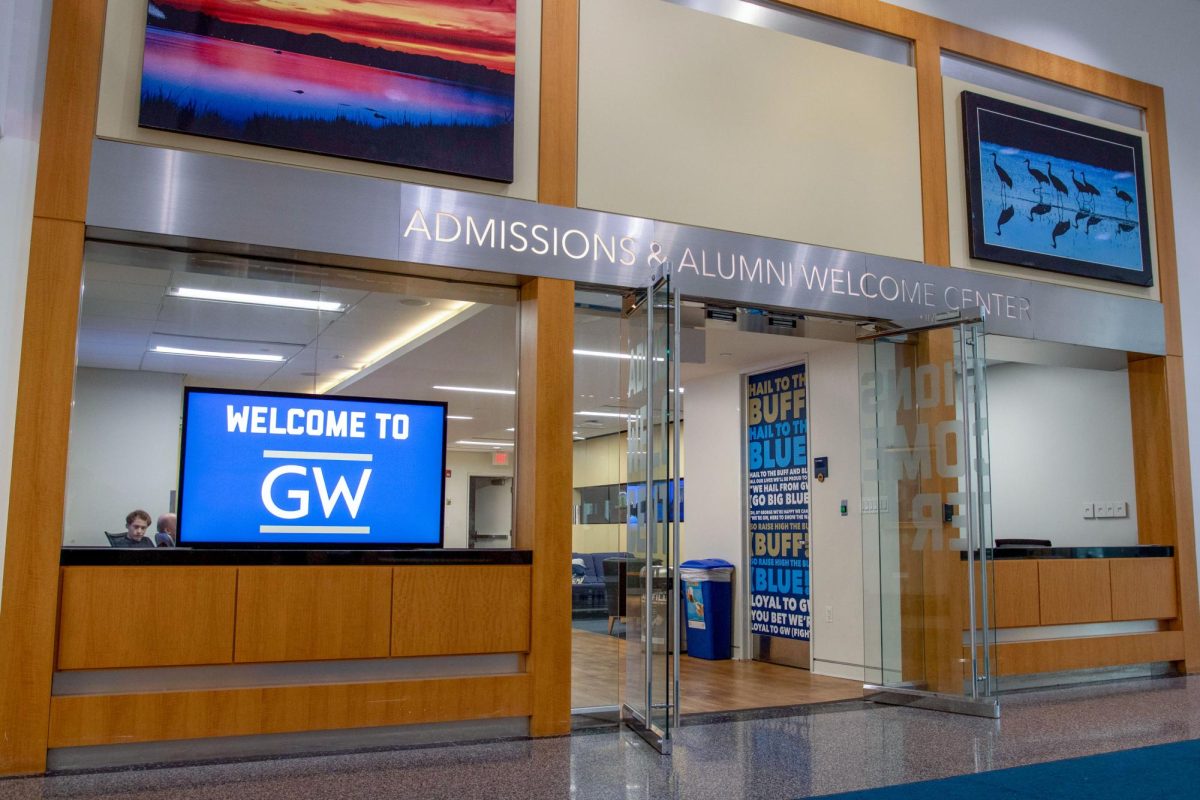GW’s undergraduate tuition will rise by 3.5 percent next academic year, but higher education experts predict that students’ financial aid will grow at the same rate, shielding them from symptoms of the price hike.
Over the past three years, undergraduate tuition at private institutions has on average increased proportionally to financial aid, which resulted in most students’ tuition staying constant each year after they receive financial aid, experts said. They said GW can use revenue from students who pay full tuition to offset the cost of lower income students’ bills, leaving the price relatively unchanged for students who receive need-based financial aid.
Officials announced last month that undergraduate tuition will increase by 3.5 percent, or $2,360, for the 2025-26 academic year, bringing the sticker price of tuition to just under $70,000 per year and the total cost of attendance — which includes tuition, fees, room and board — to more than $94,000. Full-time undergraduate students’ average cost of attendance with financial aid was $45,466 for the 2023-24 academic year.
About 79 percent of full-time undergraduate students at GW received merit or need-based financial aid in 2022-23, according to Integrated Postsecondary Education Data System’s data. The average grant or scholarship aid for full-time undergraduate students at GW was $35,367 in 2022-23.
Officials raised GW’s tuition by 2.1 percent in 2021, 3.9 percent in 2022, 4.2 percent in 2023 and 4.2 percent in 2024, making this year’s 3.5 percent increase the lowest percent increase since 2021. Tuition rose by a total of $7,640 from 2021 to 2024.
University spokesperson Julia Garbitt said the University “assesses the resources needed” to attract “the best” faculty and staff and improve facilities and services when determining the cost of attendance. She said the budget “aims to balance” those costs while helping students afford GW and that the University is “always” collecting feedback and listening to the community’s “evolving needs.”
Garbitt declined to comment on the long-term sustainability of tuition increases.
“GW is committed to providing a world-class educational experience to its entire community while maintaining accessibility and affordability,” Garbitt said in an email.
The average private undergraduate tuition rate in 2024-25 was $43,350, a $1,610 increase from 2023-24, according to College Board.
Rob Toutkoushian, a professor at University of Georgia’s Institute of Higher Education, said officials take several factors into account when determining tuition rates in a given year, including a university’s projected budget the following year and predicted revenue aside from tuition, like federal grants and donations from alumni.
Officials decide the tuition rate after balancing expected expenditures and revenue, so any spending not covered by other revenue sources is covered by tuition revenue, he said.
“Tuition rates usually go up every year,” Toutkoushian said. “A lot of financial data goes up every year. Incomes go up every year, prices of things go up every year, so that’s not unusual to see tuition rates go up.”
GW has been tuition-dependent for more than a decade, with tuition accounting for about 46 percent of total revenue in 2024. GW’s total revenue for fiscal year 2024 was almost $1.286 billion, with net tuition accounting for $821 million of that figure.
Officials said at Friday’s Faculty Senate meeting that they are working on a new budget model.
Toutkoushian said officials also consider enrollment projections to ensure tuition revenue balances the budget when other revenue sources, like alumni donations or federal grants, aren’t able to cover expenses. Universities nationwide are “concerned” about tuition rising at a higher rate than their peer schools because higher tuition rates could “scare” students away and result in decreased enrollment rates and revenue, he said.
GW’s total enrollment steadily declined from 28,172 students in 2018 to 25,568 in 2023, according to the enrollment dashboard. In 2024, total enrollment decreased by 194 students to 25,374.
Toutkoushian said institutions may raise tuition while simultaneously increasing financial aid because revenue from students who can afford to pay the sticker price can offset the cost of tuition for lower-income students. He said universities using this model can still increase its total revenue.
“Even though tuition rates have been going up, the posted rates have been going up, so is financial aid,” Toutkoushian said. “So net price hasn’t been going up quite as much.”
The federal government also provides aid, like Pell Grants, to students who demonstrate financial need. Institutions also provide students’ families with ways to cover the cost of attendance, like through grants, loans and work-study programs.
President Donald Trump’s plans to dismantle the Department of Education could delay and complicate GW’s financial aid distribution, higher education experts said in March.
Robert A. Scott, the president emeritus of Adelphi University and the author of the book “How University Boards Work,” said there are other ways to generate revenue so institutions aren’t heavily reliant on tuition, like increasing federal research grants.
Research grants cover overhead expenses, like administrative costs and electricity bills, to curb tuition increases but are currently being “challenged” by President Donald Trump’s administration, he said. GW received $227.2 million in federal research grants in FY2024.
“I suspect GW gets a lot of federal grants for research,” Scott said. “To the extent that research grants cover overhead expenses, that is to say administrative expenses and heat and light and so on, then that can hold back and hold down administrative costs, and that can help then restrain tuition increases.”
Scott said students often advocate for officials freezing tuition, known as a tuition lock, which guarantees students a single, fixed tuition rate throughout their time at the institution. He said tuition lock is “usually” not a good idea for institutions because decreased enrollment rates or increased inflation rates could result in a drop in revenue.
The Board of Trustees announced in 2019 that they were ending the University’s 15-yearlong fixed tuition policy — which had guaranteed students a single, fixed tuition rate for up to 10 consecutive semesters — and officials then raised the cost of tuition by about $1,705 to $58,550 for the Class of 2024.
“If you have fewer students paying tuition, then you’re either gonna have to raise the level of tuition or cut expenses,” Scott said.
David Feldman, an economics professor at College of William & Mary, said institutions need more revenue each year because they want to maintain the quality of their education by paying professors more and providing low class sizes to compete with peer schools.
He said institutions that are able to pay professors higher salaries bring in more “talent,” increasing the quality of education and the need to increase revenue by charging first-year students more each year. He said the increased revenue per student each year could render productivity growth — providing better quality education and research over time using fewer resources.
Feldman said each school decides how to handle students’ financial need, with most institutions using federal guidelines, like the Free Application for Federal Student Aid, that provide universities with the amount a family is able to pay for their students’ education.
Feldman said other institutions that have large endowments, like Harvard University, would define financial need “more generously” by giving students from families who earn $100,000 or less per year a free ride and those from families who earn $200,000 or less free tuition. He said Harvard is a need-blind institution, where students’ ability to pay tuition does not affect their acceptance to the school, with more resources available to provide students with grants rather than loans.
GW is not a need-blind institution.
“If you go to George Washington and your family makes $80,000 a year, I suspect that you have to pay something,” Feldman said.
Hannah Marr contributed reporting.





